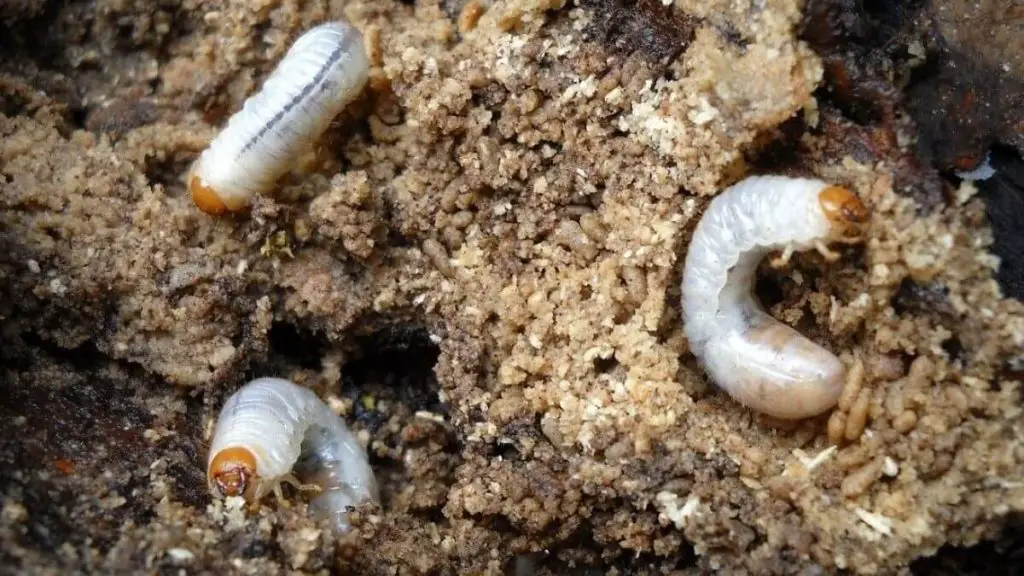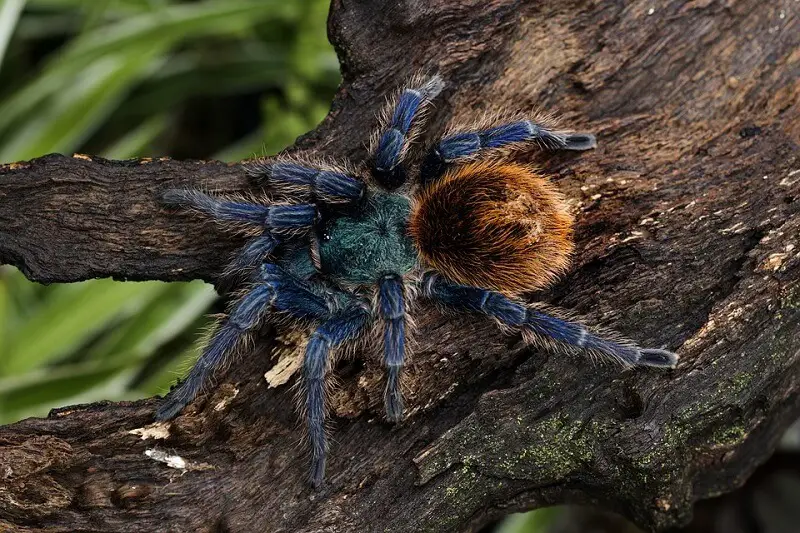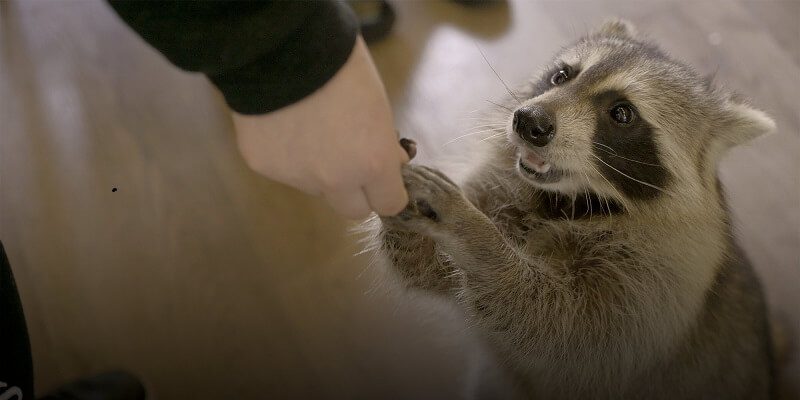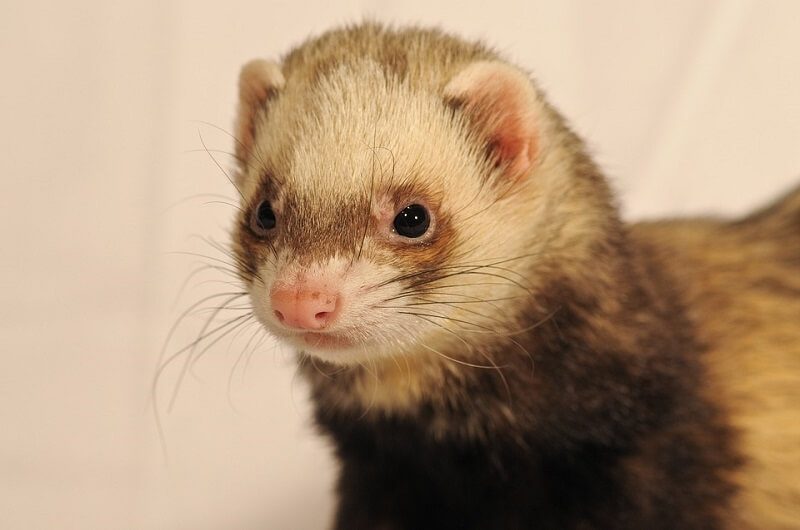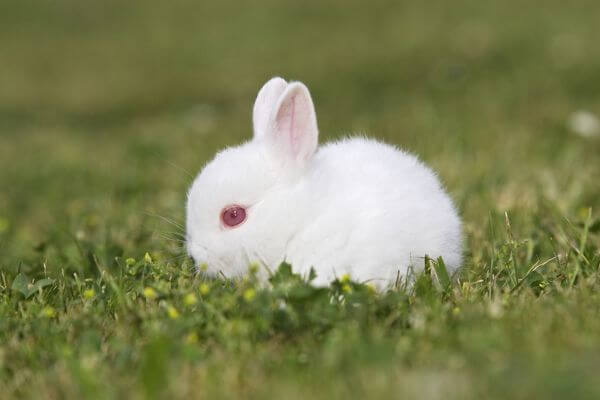We call grubs the larvae of beetles, but mostly from the Japanese beetle.
They aren’t at all attractive in my opinion, with their six legs, dark abdomen, brown head, and that creamy, squishy body. This insect is around 2 inches long and feeds on plants.
The Japanese beetle grubs aren’t the only famous ones. There are two other categories: the white grubs and the ones from the green June beetles.
So, Can Bearded Dragons Eat Grubs?
Yes, Bearded dragons can eat grubs occasionally as a treat with no issues to their health. This is actually a food that can help their diet become more balanced. These grubs are known to be high in proteins, which boost your pet’s general development and growth.
The bad part of these particular worms is that they come with a high amount of fats as well, which can put your pet in danger of becoming overweight. This is one of the main reasons why this food shouldn’t be the main part of your Bearded dragon’s diet.
Benefits and Risks of Grubs to Bearded Dragons
Grubs come with a multitude of benefits to your bearded dragon’s health, but only when prepared properly and served in moderation.
These worms contain so many nutrients that dragons that consume them are visible brighter and more robust than all others.
Calcium is also found in high amounts in grubs, and it will help with the development of the pet’s teeth and bones. Proteins will also help with hormone balancing and boosting the general health of the body.
If your pet experiences any eating disorders or other nutrition issues, then these worms can be great appetizers.
You might also like my articles on whether snails bite, whether tortoises eat celery and what frogs eat in general.
The fats contained in a meal’s worth of grubs, when broken down inside the body, will usually be enough to sustain the energy levels needed for your Bearded dragon’s daily activities.
Seeing how high amounts of fat will lead to obesity for most pets if left unregulated, you should try to avoid this by only feeding your dragon with moderated amounts of grubs.
These worms will also host a multitude of bacteria and parasites and when ingested in high amounts, they might pass these parasites to your pet, making it feel unwell or even damaging your pet’s health.
The best way to include them inside the dragon’s diet is alongside vegetables and other meals, in a moderated quantity.
Nutritional Values
You will get a lot of nutrients from grubs for your Bearded dragon as long as you cook them properly and give them in moderation.
The high amounts in them are broken down in your pet’s body and made into enough energy for it to do its daily activities.
The protein inside this meal type will help control the creation and management of hormones and will add to a balanced diet.
Grubs also have high amounts of zinc, phosphorus, and calcium. Calcium, for example, is needed as a way of boosting the development of bones and teeth, supports the body’s blood circulation, and is also great at improving the health of the nervous system.
Phosphorus will also help, but with the cells and tissues of the body, helping them get healed and repaired faster.
And, as I said before, carbohydrates will be broken down into simple sugars for a boost of energy.
How Many Grubs Can I Feed a Bearded Dragon?
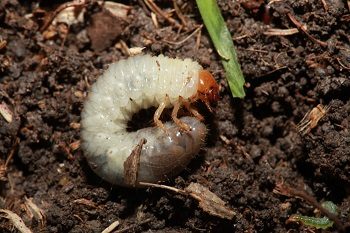 These interesting worms should usually comprise no more than 25% of the whole diet of the Bearded dragon. This means that moderation is key with this food as well. Your pet will probably be OK with consuming just one to three grubs from time to time.
These interesting worms should usually comprise no more than 25% of the whole diet of the Bearded dragon. This means that moderation is key with this food as well. Your pet will probably be OK with consuming just one to three grubs from time to time.
The portions and the overall amount should be small when first introducing this meal to your beardie, but as it gets used to it, you can actually increase these portions.
You should refrain from using grubs as a food for a bearded dragon if you notice it being allergic to this food type or refuses to eat it for any reason.
While beardies are still in their baby stage, grubs can actually help boost their development, as they would need a bigger amount of fats to be turned into energy. But the same rule applies: don’t feed them with these worms excessively, to avoid putting them at risk of obesity.
You should also try to avoid feeding grubs to your dragon if it is currently ill or undergoing treatment or recovery from treatment, as they have the nasty habit of interfering with the healing process. You can start offering them as food again as soon as your pet recovers in full, as an appetizer type.
Why are Grubs Bad and why are They Good?
They are bad because:
Grubs come with a few risks associated mainly with overfeeding, even though they might seem like the bearded dragon’s favorite meal. They can actually put your pet in danger of getting obese or developing other issues related to its weight and the impact of the weight on its body, especially if given in too high amounts.
Another bad aspect of this food type that you should be careful of are the parasites and bacteria commonly found in it, that can be passed on to your pet.
These are the two reasons why grubs shouldn’t become your only meal for your beardie and should be kept as an occasional treat.
They are good because:
Adding grubs to your bearded dragon’s diet comes with a bunch of benefits for it.
The fats, which were also one of the negative aspects of this food type, will have a positive effect on the bearded dragons. They will be turned into compounds that boost the energy levels of your pet for the needed daily activities. Phosphorus, on the other hand, will be a great ingredient to repair the tissues and cells of the beardies body, while Calcium will strengthen the teeth and bones of the pet, will improve their nervous system, and will also help with the body’s blood circulation.
How Can I Feed Grubs to Bearded Dragons?
You should never use grubs as a replacement for a whole meal for your dragon. You should try to squish them in a bowl before you serve them, to reduce the risk of any blockage or choking for your pet. Your beardie pet should only get about two to three grubs per serving, no more than three times per week.
To make up for a whole meal, these worms should be accompanied by different vegetables or fruits. Among the best types of grubs, are the annual white grubs, the ones coming from Japanese beetles, and the ones coming from the green June beetles.
What are the best alternatives for grubs?
There are some alternatives to grubs if either your pet has an allergic reaction to them, seems to not like eating them or they are simply rare to find in your area. Fruits and vegetables are great replacements for these worms in meals, as well as other types of non-toxic worms.
Should I refrigerate grubs?
These worms won’t be able to keep under 60 degrees celsius, which is why refrigerating them would be a pretty bad idea. Fresh from the ground is the best way to be served, or when bought from the store, as fresh as possible. If you have the possibility, simply fetch a few grubs from the ground and feed them to your pet, but make sure they are no more than three per meal.
What if my bearded dragon eats unknown worms from the field?
You shouldn’t take your bearded dragon eating unknown worms too lightly. If you notice it eating weird-looking worms, then you should take it straight to the vet for a consultation. You can even take one of those worms with you to show the doctor. This is because not only do most worms contain parasites and bacteria, but some of them are actually toxic and could endanger the life of your pet.
The information found in this article should be enough for you to understand the relationship between grubs as a meal and your bearded dragon. Keep in mind that although very full in nutrients, these worms have some side effects that make them better as a treat than as a full part of the beardie’s diet.
